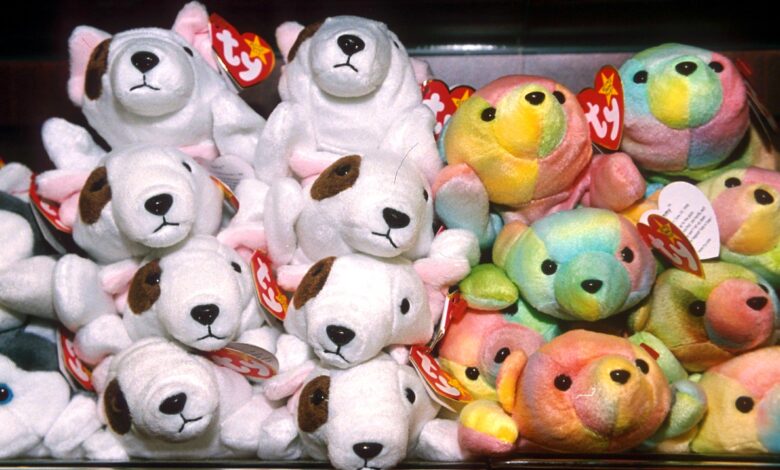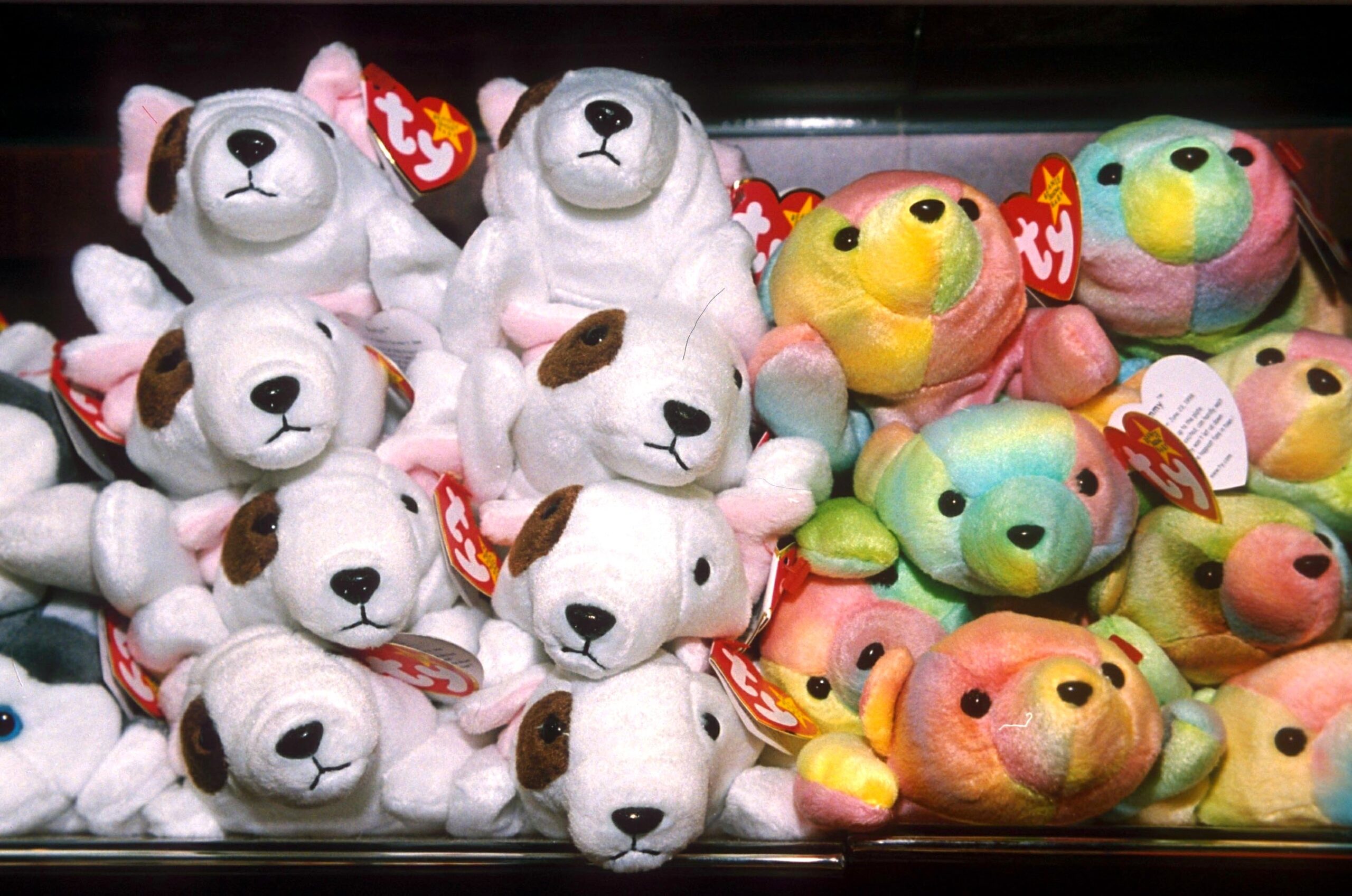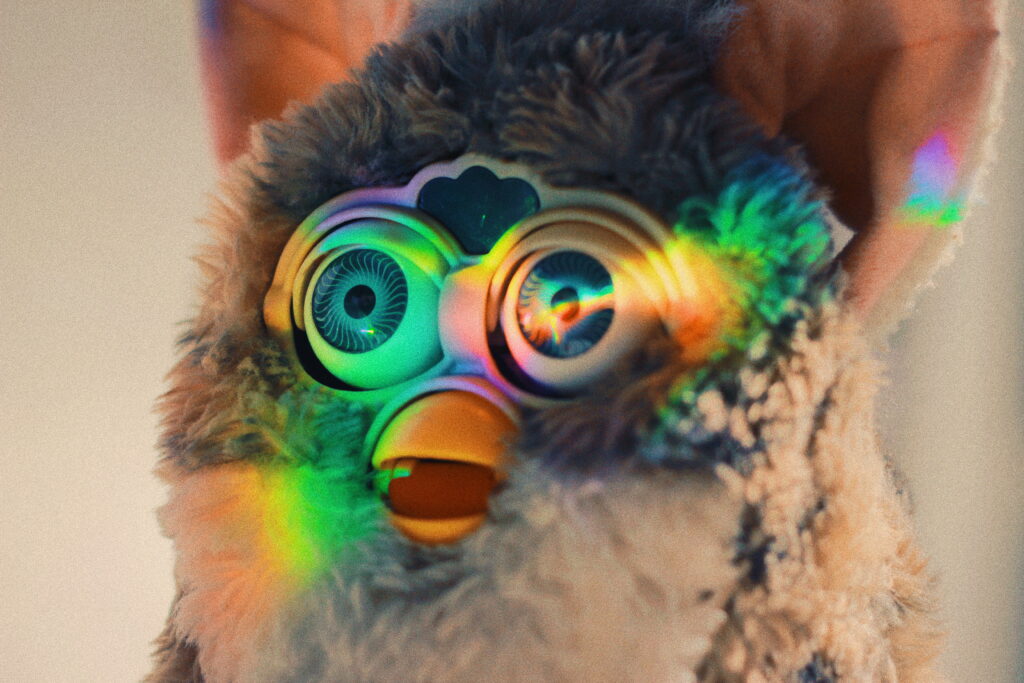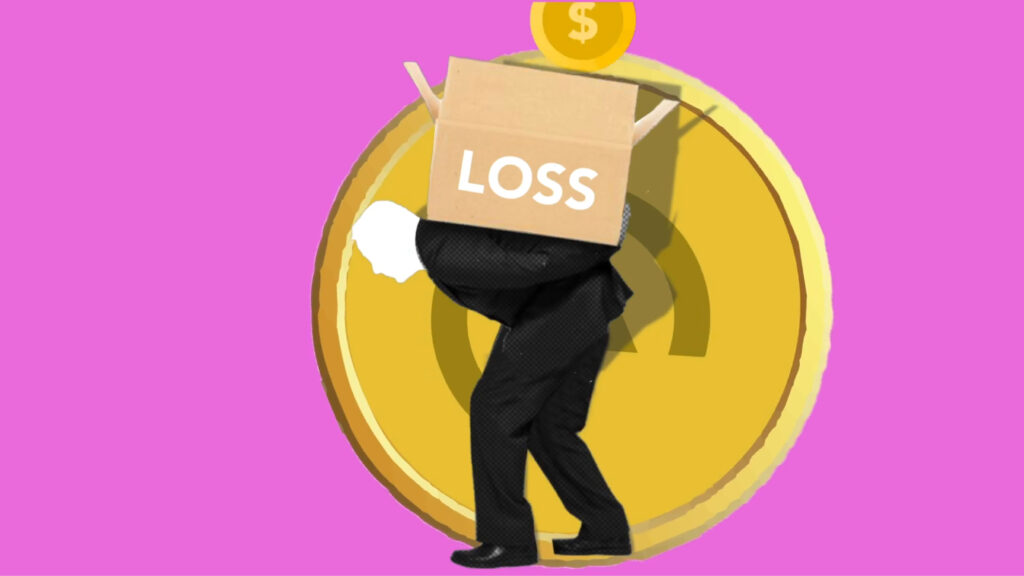12 Factors Behind the Beanie Baby Bust

It is hard to forget the late 90s when the Beanie Baby craze gripped the world. These small, plush animals stuffed with plastic pellets were once a financial obsession, traded and collected fervently worldwide. At the peak of their popularity, they were more than a simple collectible and had transformed into a global phenomenon. Seen as both an investment and a bubble waiting to burst, these toys held a significant place in popular culture. Let’s explore the twelve crucial factors that contributed to the shocking collapse of the Beanie Baby bubble.
Market Saturation

Beanie Babies began to flood every conceivable retail outlet, from toy stores to gas stations, turning them into a common sight. As a result, their ubiquity started to erode their rarity and charm. An oversaturated market led to decreased demand as acquiring these toys was no longer considered a unique accomplishment. Their constant presence on the shelves made them less of a sought-after item, making their hype seem overblown. Their abundance diluted the thrill of the chase, turning the once prized collectible into another mass-produced toy.
Overestimated Long-Term Value

The Beanie Baby phenomenon was an early example of ‘buying the hype.’ Many collectors purchased these toys under the premise of an investment that would deliver significant future returns. The Beanie Baby market operated under the assumption that these plush toys would appreciate, mirroring assets like real estate or stocks. However, as the speculative bubble burst, it became evident that the market had been underpinned by unfounded optimism rather than tangible value, resulting in a swift and inevitable correction.
Introduction of Less Popular Lines

Ty Inc., in an attempt to replicate the success of Beanie Babies, introduced several new product lines. At best, these offshoots received lukewarm responses from the market. Not only did these new products lack the charm and appeal of the original Beanie Babies, but their introduction also created confusion in the market. Consumers were unclear about the value and collectability of these new lines. Consumers questioned the authenticity of the new product lines, contributing to an overall decline in the brand’s appeal and leading to the dilution of Beanie Babies’ once unassailable market position.
Economic Downturn

The early 2000s saw an economic downturn drastically reducing discretionary spending. As non-essential commodities, Beanie Babies felt the sting of this economic shift acutely. Collectors, who once had money to spare for these collectibles, now had to prioritize essential expenses. This reallocation of funds, coupled with the declining popularity of Beanie Babies, reduced demand and sales, contributing significantly to the end of the Beanie Baby era.
Internet Hype and Bubble Burst

Beanie Babies were one of the first consumer fads to be fueled by the internet. Online platforms created an echo chamber that magnified the hype, leading to price inflation. When the dot-com bubble burst, the same platforms that once amplified the Beanie Babies’ craze became vehicles for their downfall, spreading news of declining value and interest, further destabilizing the Beanie Baby market.
Retirement Strategy Backfires

The retirement strategy initially sparked a buying frenzy, as collectors rushed to buy models before they were permanently discontinued. However, the constant cycle of retirement and new releases became a source of stress and confusion. Collectors spent more than they intended, often for Beanie Babies that failed to increase in value post-retirement. This strategy, designed to drive scarcity and demand, alienated many collectors.
Quality Control Issues

As Ty Inc. increased production, quality control took a hit. Some Beanie Babies were noticeable of lesser quality than earlier versions, leading to dissatisfaction among collectors. The company also faced criticism over its use of PVC pellets amid rising environmental and safety concerns. These factors combined to tarnish the brand’s reputation, further accelerating the decline in interest and demand.
Counterfeit Products

As counterfeit Beanie Babies began flooding the market, collectors faced the challenge of distinguishing genuine products from fakes. This eroded trust in the brand and confused pricing, as fakes were often sold at lower prices, undercutting genuine Beanie Babies. The proliferation of counterfeits also led to legal disputes, further diminishing the brand’s image and desirability.
Changes in Consumer Tastes

The beginning of the new millennium marked a shift in consumer preferences toward technology-oriented toys. Electronic toys offering interactivity and engagement became the latest fad. Beanie Babies, with its traditional appeal, failed to compete with these new entrants, resulting in a significant loss of market share and relevance.
Emergence of Competitors

Brands like Pokemon and Furby introduced products that captured the imagination of the younger demographic, offering a unique blend of collectability and interactive play. These brands capitalized on the changing consumer tastes, pushing Beanie Babies out of the spotlight. With the allure of novelty and interactivity, these competitors provided a more appealing alternative, thereby hastening the decline.
Legal Issues

Legal disputes marred Ty Inc.’s image, including copyright infringements and tax evasion. These legal issues attracted negative publicity, eroding consumer trust and brand loyalty. With their reputation tarnished, Beanie Babies began losing their appeal among collectors. The legal turmoil further cemented the end of the Beanie Baby era, signaling a point of no return for the once-beloved brand.
Diminished Resale Value

The resale market for Beanie Babies, once a thriving space with plush toys sold for many times their original price, began to crumble as interest waned. Collectors who had invested substantial money were left with devalued assets that could hardly fetch a fraction of their peak prices. This sharp decline in a resale value represented a stark reality check, providing the final blow to the dwindling Beanie Baby craze.
The Beanie Baby bubble is an essential reminder of the pitfalls of speculation and the unpredictability of consumer trends. While the plush toys once symbolized a cultural and financial phenomenon, their dramatic fall from grace provides valuable lessons on the fleeting nature of fads, the dangers of overproduction, and the perils of overvaluation. As we look back at this craze, with its soaring highs and steep lows, it remains one of the most extraordinary episodes in the history of collectibles.
Disclaimer
This article is for educational and informational purposes only. While HistoryReveal.com strives for accuracy, historical interpretation may vary, and readers are encouraged to consult additional sources for deeper study.